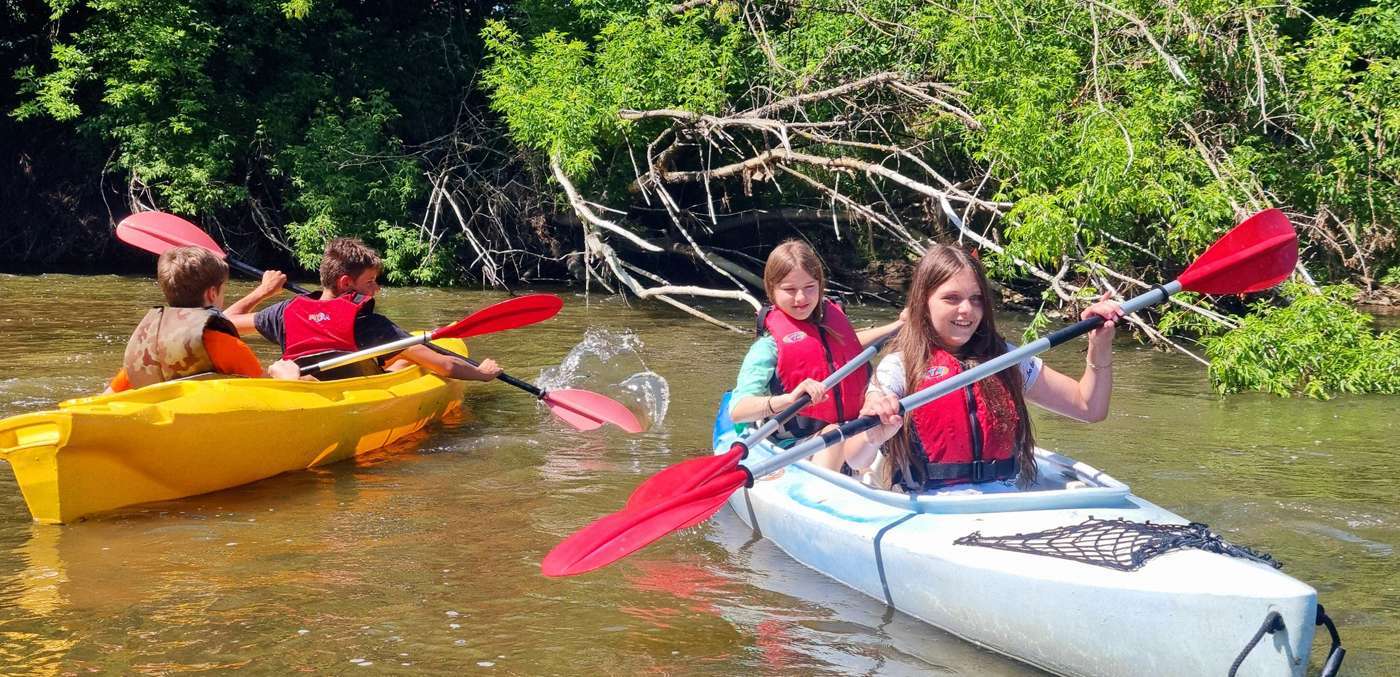Where intense concentration is the key to victory in Slalom Kayaking, speed and the ability to spot the fastest route are king when you go River Racing. In this section, we will discuss the basics of this competition event – from the mechanics to the specifics of boats used.
Mechanics
In this event, competitors race to be the fastest in a given course which are rapids that range from Grades 3 to 5. Competitors in this event start at one-minute intervals and the race is typically completed in around 20 minutes’ time.
Races are very exciting to watch. The reason behind the excitement lies on the extreme speeds involved here. Things get even more exciting when two competitors go neck and neck in very close races.
The Boat
The dimensions of the boats used in this type of competition should follow the exact specifications of the International Canoe Federation. The dimensions of each class are as follows:
- K1 Class – Length (maximum) – 15 ft (4.5 m); Width (minimum) – 2 ft (60 cm)
- C1 Class – Length – 14 ft (4.3 m); Width – 2 ft 4 in (70 cm)
- C2 Class – Length – 16 ft (5 m); Width – 3 ft 7.5 in (80 cm)
Safety
Since you are at the mercy of the raging waters of the river in this sport, competitors are required to wear whitewater helmets as well as personal floatation devices (PFD).
If you’re an avid kayaker, River Racing is one event that you definitely have to experience. Nothing beats the rush of going down the river at speeds so fast, it’s almost crazy to compete in an event such as this. However, if up to this point you’re still contented in staying at the sidelines and being a spectator, then it’s about time that you try it yourself. It’s more exciting to be the one racing it out on the river.
Last modified: December 25, 2022


